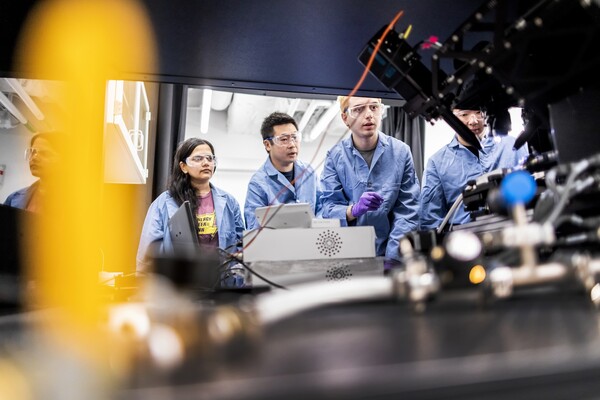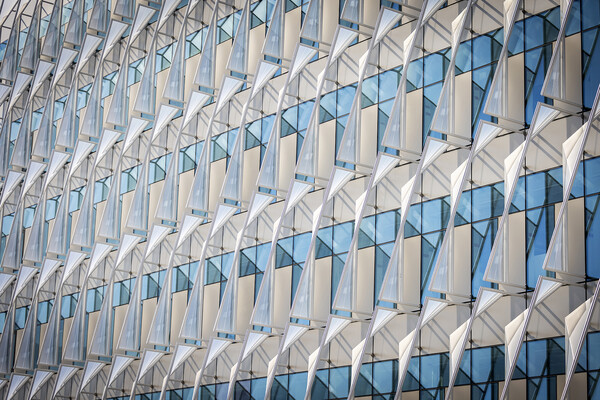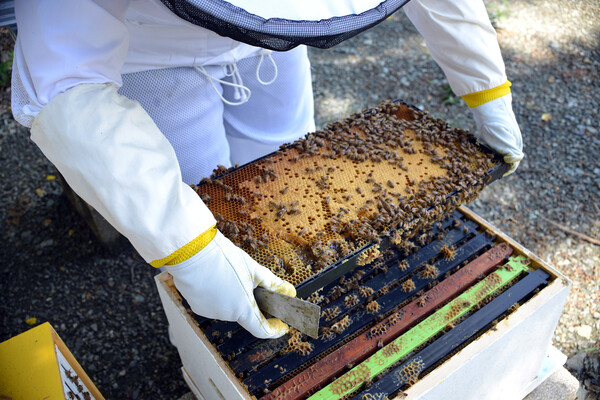
nocred
Picture former industrial sites reborn as vibrant community gardens, teeming with fresh produce and offering safe, green spaces for children to play, free from the specter of heavy metal contamination. This vision, though seemingly idyllic, is rapidly taking shape thanks to the tireless efforts of the Symbiotic Architecture for Environmental Justice research community.
Inspired by nature, Laia Mogas-Soldevila, an assistant professor of graduate architecture at Penn’s Weitzman School of Design and director of DumoLab, leads a multidisciplinary collaboration that includes architects, designers, biologists, mycologists, and toxicologists. Their collective goal is to develop a living structure capable of sequestering carbon and remediating contaminated soil. At the heart of their endeavor lies a fundamental ecological process: nutrient cycling by fungi. The fungi in question, known as mycelium, live in symbiosis with plants, residing in their roots, where they decompose nutrients in the soil that are essential for plant growth.
In the realm of architecture and design, fungi have garnered attention due to their network-like root patterns called mycelium and “tunable” properties during growth. Composed of tiny filaments called hyphae, mycelium connects to form large threads that branch out through the soil, creating extensive interconnected systems.
“Imagine mycelium as a network that grows while digesting organic matter,” explains Mogas-Soldevila.
This unique characteristic allows mycelium fungi to play a pivotal role in the development of materials that interact with biological systems. In most current applications, mycelium materials are baked, killing the fungi after its network has digested provided organic matter within a mold to make bricks or panels. But Ji Yoon Bae, the Ph.D. student at DumoLab leading the project, asks: what if the fungi remained alive? The mycelial threads—if in contact with the ground—could continually enhance nutrient cycling and cleanse soil of heavy metals through a process known as bioremediation. This opens the possibility of constructing multifunctional structures with inherent bioremediation capabilities.
Despite the daunting nature of environmental and climate justice challenges, “in every project we approach climate and environmental justice with a positive attitude to distance our perspective from ecophobia and towards a mindset of possible change,” says Mogas-Soldevila. Beyond symbiotic architectures, these living structures not only expand current understanding of mycelium communities and their applications, but also hold the potential to revitalize neighborhoods burdened by industrial pollution, fostering healthier and greener environments for all.
This story is by Xime Trujillo. Read more at Environmental Innovations Initiative.
From the Environmental Innovations Initiative

nocred

The sun shades on the Vagelos Institute for Energy Science and Technology.
nocred

Image: Kindamorphic via Getty Images

nocred